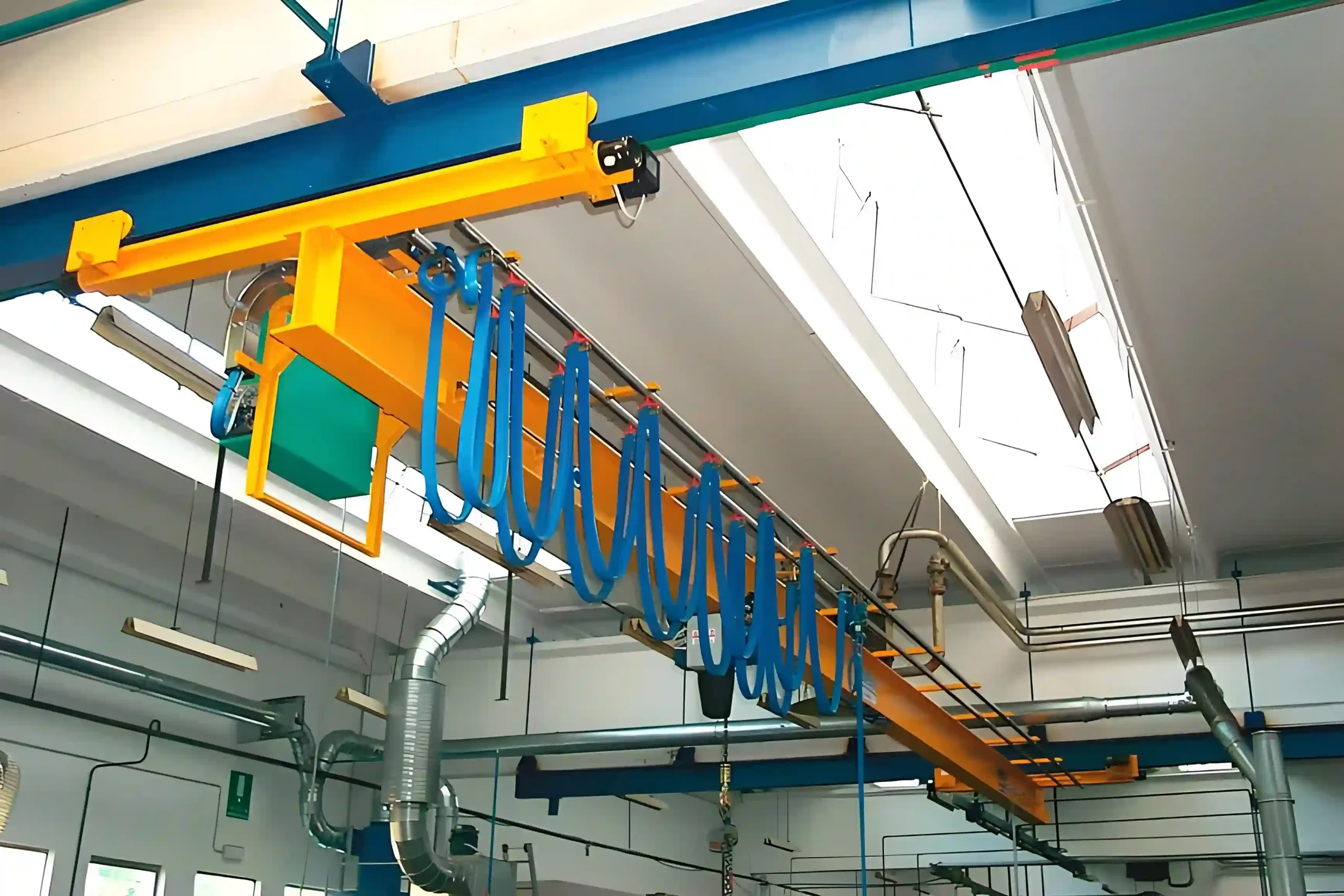Cranes Machines: The Engineering Marvels of the Heavens

For many years, cranes have long one of the quiet champions of the construction and manufacturing industries, representing the very essence of engineering brilliance. Rising over landscapes, such machines transform the way we construct and move heavy materials, gracefully challenging gravity. From majestic skyscrapers to substantial bridges, cranes serve an integral role in shaping our world, making difficult tasks appear effortless.
Amongst the various types of cranes, overhead bridge cranes, single girder bridge cranes, and electric suspension cranes are distinguished for their distinct features and efficiency. https://www.girder-crane.com/category/products/ and resources and also improve safety in workplaces. As we delve deeper into the operation and advantages of these cranes, it is evident that they are more than just tools; they are architectural feats that facilitate progress and development in various sectors.
Hanging Overhead Cranes
Hanging bridge cranes are remarkable pieces of engineering created to increase efficiency in goods handling in various factory contexts. These cranes operate by traveling along tracks that are installed high in the air the floor, which allows for an unobstructed work area beneath. This aspect makes them suitable for storage facilities, manufacturing processes, and large production plants where area is at a a premium high and movement is essential.
One of the primary advantages of hanging overhead systems is their capability to handle heavy weights with accuracy. They consist of a beam that is held up by end trucks, which traverse along the runway tracks. The beam can then shift a lifting mechanism along its extent, offering a wide variety of motion. This configuration not only boosts efficiency but also improves safety, as the load can be guided without interfering with the process underneath.
In addition to their capabilities, hanging bridge systems can be designed to meet various operational requirements. For case in point, they can be customized to support varied loads, elevations, and speeds, guaranteeing they fulfill the particular demands of a facility. With powered suspension systems, operators can achieve increased control and effectiveness, making suspended overhead systems a vital part in contemporary production and building environments.
Single Beam Lifters
Individual beam lifters are pivotal in various industrial settings where efficiency and adaptability are essential. Such cranes consist of a single girder, typically made of metal, which carries the lifting mechanism. This configuration allows for a minimal structure while still providing considerable load capacity, making it a common choice for warehouses, production lines, and building sites. Their tight size and superb maneuverability enable them to operate in areas with limited headroom and above obstructions.
One significant benefit of single girder lifters is their ease of installation and upkeep. With minimal components compared to advanced systems, these cranes can be efficiently assembled and disassembled, lessening delay during use. Upkeep is made easy as well, allowing for regular checks and repairs to be performed with little disruption. Additionally, these lifters can be equipped with multiple hoists tailored to particular lifting needs, offering versatility that meets the needs of various industries.
In terms of protection, individual beam cranes are designed with various features to ensure safe operation. These include limit switches to prevent excess load, shutdown buttons, and automatic shut-off systems. Users are instructed to follow security protocols, and regular inspections are conducted to maintain the safety of the equipment. As businesses continue to prioritize efficiency and security in their operations, single girder lifters remain a key part of modern material handling solutions.
Electrical Hanging Hoisting Systems
Electric suspension lifting devices represent an essential component in modern factory environments, crafted to improve efficiency and protection in material handling. These systems come equipped with electric lifting mechanisms that provide precise and strong lifting capabilities. They often utilized in warehouses, factories, and construction sites, where the need for reliable and versatile lifting solutions is critical. The electric operation permits for smoother control of loads, reducing the risk of incidents and improving overall efficiency.
One of the key aspects of electrical suspension devices is their ability to travel along the extent of a overhead track, enabling them to access different locations without the need for repositioning. This aspect is particularly advantageous in extensive facilities where bulky goods may have to be transported across considerable distances. Additionally, many electrically powered overhead devices can be managed without direct contact, allowing operators to keep a safe distance from possible risks while managing the movement of heavy loads carefully.
Another notable benefit of electrically powered suspension cranes is their energy-saving capabilities compared to traditional lifting systems. With developments in electric motor technology and power management, these cranes require less energy while providing greater performance. This not only yields diminished operational costs but also contributes to more sustainable practices in large-scale lifting operations. As sectors continue to evolve, electric overhead cranes stand out as a crucial innovation, combining safety, effectiveness, and sustainable practices.

